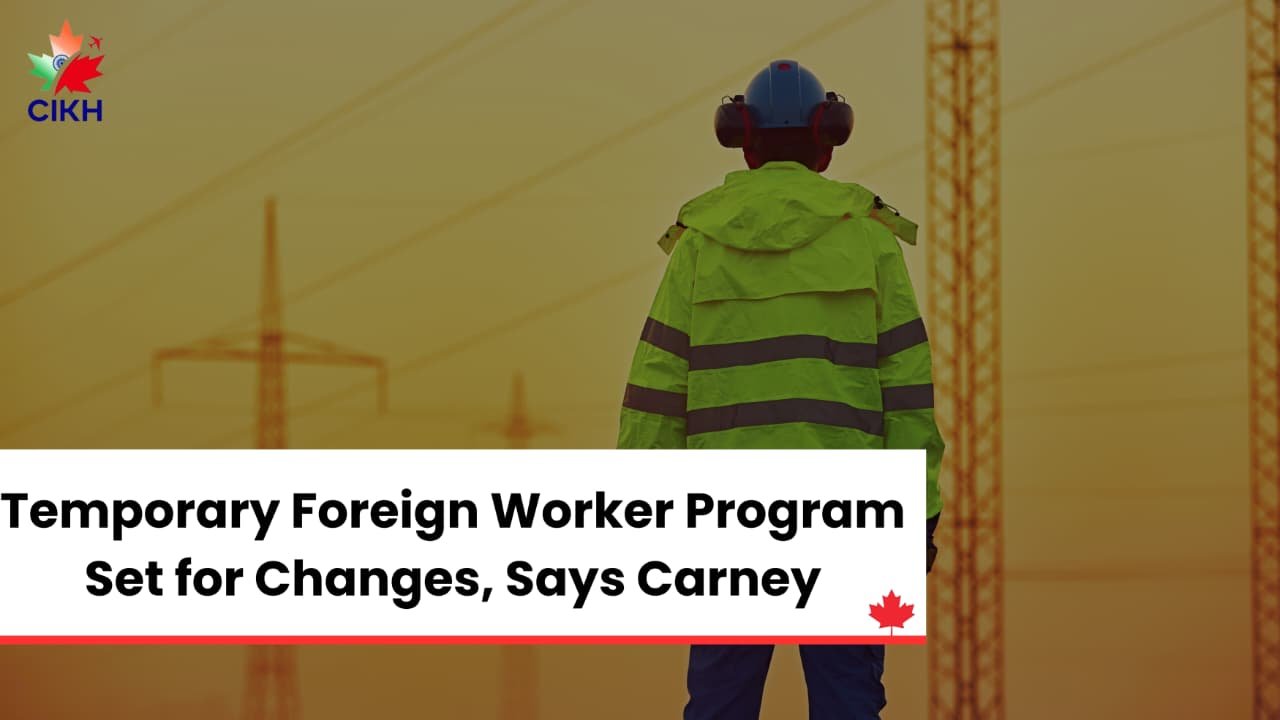Prime Minister Mark Carney has announced that the federal government is preparing changes to the Temporary Foreign Worker Program (TFWP).
Book Your Consultation for Canadian Immigration
Speaking to the Liberal caucus in Edmonton on September 10, Carney emphasized the need for a more targeted approach to the program. He stated that, going forward, the TFWP “must have a focused approach that targets specific, strategic sectors, and needs in specific regions.” He confirmed that the government is actively working toward these goals, though he did not disclose specific details about the proposed changes.
The TFWP is Canada’s primary mechanism for issuing work permits to foreign nationals. Employers looking to hire through the program must first complete a Labour Market Impact Assessment (LMIA), conducted by Employment and Social Development Canada. The LMIA must show that hiring a foreign worker will have a neutral or positive effect on the Canadian labour market—meaning it must not reduce job opportunities for Canadian citizens and permanent residents.
The program has recently come under fire from Opposition Leader Pierre Poilievre, who argues that it has reduced employment opportunities for Canadians. The Conservative Party of Canada has gone so far as to call for the program’s elimination.
Over the past 18 months, the federal government has already implemented several measures to scale back the TFWP, including:
- Setting a target of 82,000 net new TFWP admissions for 2025;
- Imposing a moratorium on low-wage LMIA applications in regions with unemployment rates of 6% or higher;
- Raising the wage threshold for the high-wage stream to 20% above the regional median wage;
- Reducing the cap on the proportion of an employer’s workforce that can be composed of TFWP workers; and
- Restricting access to spousal open work permits (SOWPs) to spouses of TFWP holders employed in TEER 0 or 1 jobs, or select in-demand TEER 2 or 3 occupations, with the additional requirement that the primary TFWP holder must have at least 16 months remaining on their permit.
According to government data, the number of work permits issued under the TFWP dropped significantly in the first half of 2025—down 50% compared to the same period in 2024. During that time, only 33,722 net new TFWP permits were issued.





